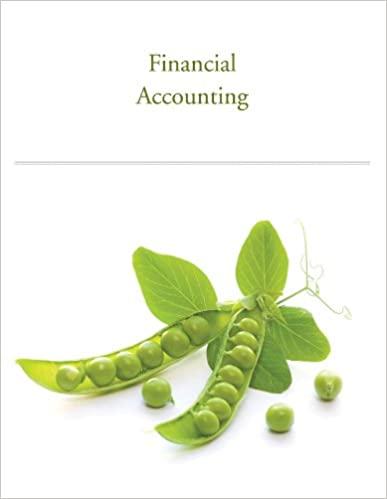Answered step by step
Verified Expert Solution
Question
1 Approved Answer
Please recreate excel spreadsheet with all formulas in place. Formulas are below. As Reported Annual Cash Flow Report Date 04/30/2021 04/30/2020 04/30/2019 04/30/2018 04/30/2017 Scale
Please recreate excel spreadsheet with all formulas in place. Formulas are below.
| As Reported Annual Cash Flow | ||||||
| Report Date | 04/30/2021 | 04/30/2020 | 04/30/2019 | 04/30/2018 | 04/30/2017 | |
| Scale | Thousands | Thousands | Thousands | Thousands | Thousands | |
| Net cash flows from operating activities | $ 1,565,000 | $ 1,254,800 | $ 1,141,200 | $ 1,218,000 | $ 1,059,000 | |
| Business acquired, net of cash acquired | 0 | 0 | (1,903,000) | 0 | 0 | |
| Additions to property, plant & equipment | (306,700) | (269,300) | (359,800) | (321,900) | (192,400) | |
| Proceeds from divestitures - net | 564,000 | 0 | 369,500 | 0 | 0 | |
| Proceeds from sale of investment | 0 | 0 | 0 | 0 | 40,600 | |
| Proceeds from disposal of property, plant & equipment | 0 | 2,400 | 1,100 | 13,400 | 500 | |
| Other investing activities - net | 53,800 | (4,600) | (32,000) | 30,900 | (38,400) | |
| Net cash flows from investing activities | $ 311,100 | $ (271,500) | $ (1,924,200) | $ (277,600) | $ (189,700) | |


Step by Step Solution
There are 3 Steps involved in it
Step: 1

Get Instant Access to Expert-Tailored Solutions
See step-by-step solutions with expert insights and AI powered tools for academic success
Step: 2

Step: 3

Ace Your Homework with AI
Get the answers you need in no time with our AI-driven, step-by-step assistance
Get Started


